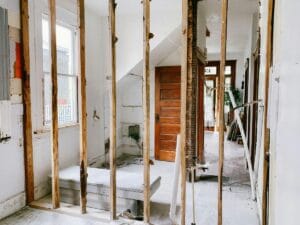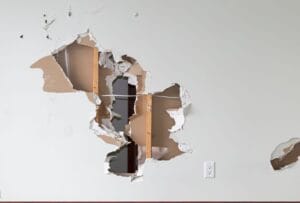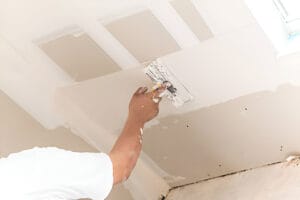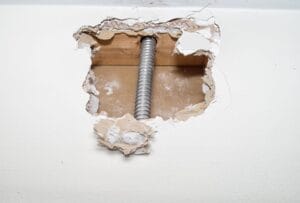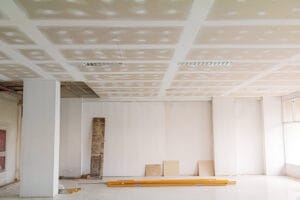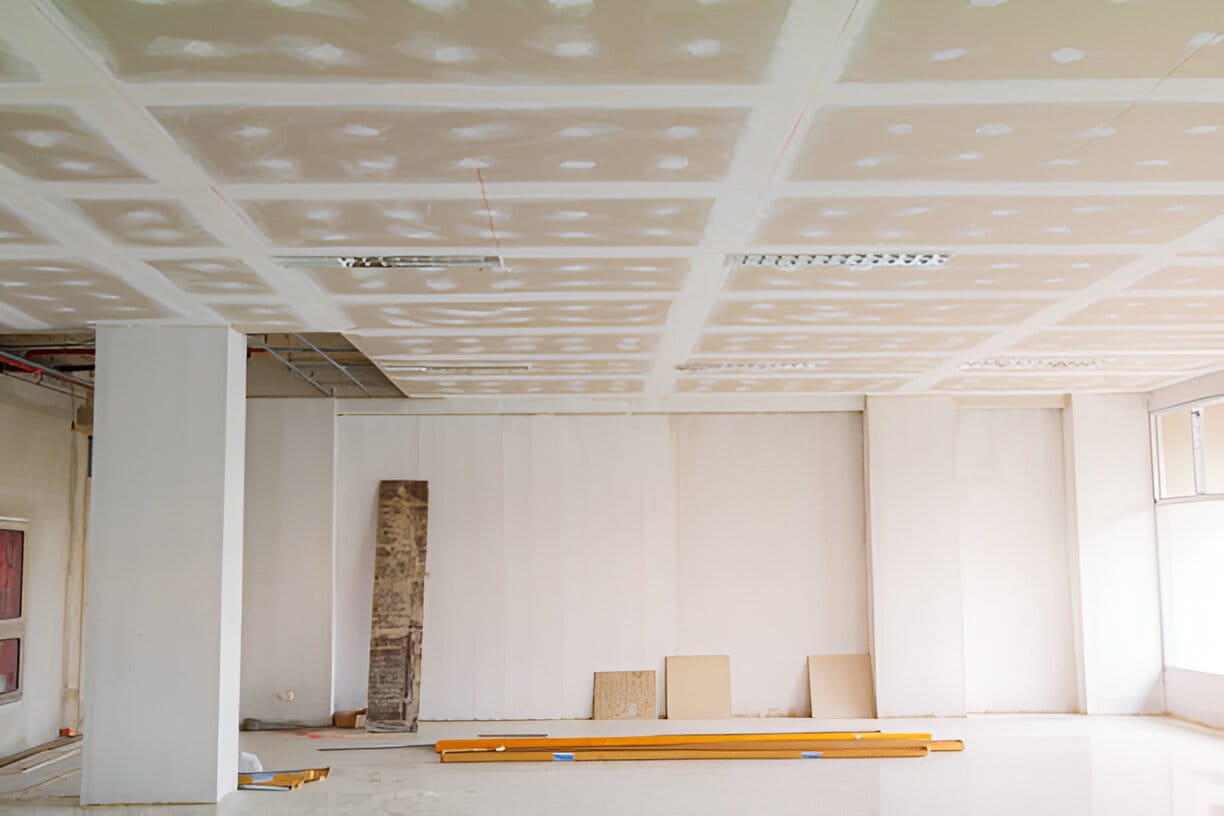
Drywall vs Sheetrock – When you’re tackling a home renovation or construction project, you’ll likely hear the terms “drywall” and “Sheetrock” tossed around. But what’s the real difference? Is Sheetrock just a fancy name for drywall, or is it a completely different product? If you’re a homeowner or contractor in the Bronx, knowing these differences can help you make better purchasing and installation decisions.
What is Drywall?
Drywall, also known as plasterboard or wallboard, is a construction material made of gypsum sandwiched between two layers of paper. It’s used to create walls and ceilings in residential and commercial buildings.
Common Types of Drywall:
- Regular drywall – Standard for most indoor walls.
- Moisture-resistant drywall – Ideal for bathrooms and kitchens.
- Fire-resistant drywall – Designed to slow down fire spread.
- Soundproof drywall – Helps reduce noise between rooms.
What is Sheetrock?
Sheetrock is simply a brand of drywall manufactured by the U.S. Gypsum Company (USG). Think of it like Kleenex and tissues—the terms are often used interchangeably, but Sheetrock is a specific product.
Is There a Difference in Quality?
Some professionals swear by Sheetrock, saying it’s stronger and easier to work with compared to generic drywall. Others argue that regular drywall can perform just as well if installed correctly.
Key Differences Between Drywall and Sheetrock
Brand vs. Generic Term
- Sheetrock is a trademarked brand.
- Drywall is the general name for the material.
Composition and Manufacturing
- Both products contain gypsum, but Sheetrock often has additives that improve performance.
- Some versions of Sheetrock offer better moisture and fire resistance.
Cost Comparison
- Sheetrock is often slightly more expensive than generic drywall.
- Prices vary, but in the Bronx, expect to pay about $12-$20 per standard 4×8 sheet of drywall, while Sheetrock might cost a few dollars more.
Quality and Performance
- Sheetrock’s branded formulas tend to be more durable.
- If you need mold-resistant drywall, certain Sheetrock products may offer superior protection.
Installation Process
Tools and Materials Needed
- Drywall panels
- Joint compound
- Screws or nails
- Tape and a utility knife
Installation Steps
- Measure and cut the drywall or Sheetrock to fit.
- Secure panels to studs using screws or nails.
- Tape and apply joint compound over seams.
- Sand smooth and paint as desired.
No major difference in installation—whether you use Sheetrock or generic drywall, the process is the same!
Pros and Cons of Drywall vs. Sheetrock
Pros of Drywall:
- Affordable
- Widely available
- Suitable for most home projects
Cons of Drywall:
- May be less durable
- Limited specialized features
Pros of Sheetrock:
- High-quality product
- Often has enhanced fire and moisture resistance
Cons of Sheetrock:
- Costs more than generic drywall
- Might not be necessary for all applications
Best Choice for Homeowners in the Bronx
For most homeowners in the Bronx, regular drywall will do just fine for standard renovations. But if you’re working in a basement, bathroom, or commercial space, Sheetrock’s specialized versions might be worth the extra investment.
Conclusion
At the end of the day, Sheetrock is just a branded type of drywall. It might offer some performance advantages, but for most projects, generic drywall will work just as well. If budget is a concern, stick with regular drywall. If you want the best of the best, Sheetrock might be your go-to.





